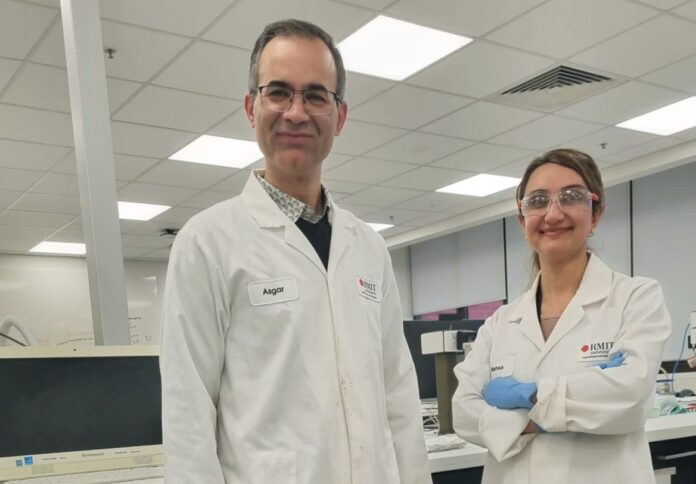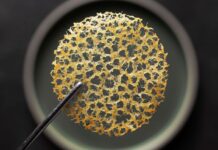
Researchers from RMIT University have collaborated with Microtec Engineering Group to create FiberX, a starch-based product capable of acting as fibre that resists digestion in the human gut.
Scientists in the project have successfully converted native starches to dietary fibre that can be added to food to make it healthier without changing its texture, colour or taste.
FiberX is smooth, tasteless, and suitable for fortifying low-calorie and low-GI foods and can be gluten-free. It can also be added to low-fibre foods, such as white bread, cakes, pasta, pizza, and sauces to make them healthier.
Associate Professor Asgar Farahnaky, project lead from RMIT’s Food Research and Innovation Centre, and his team leveraged advanced starch modification technology with approved food-grade materials to create what they describe as “invisible fibre.”
“We can now add extra fibre to foods like white bread and other staples without changing the taste or texture, which has been one of the main issues with many commercially-available fibre supplements to date,” Farahnaky said.
“Our product is not even noticeable once added. It’s just like a parent hiding vegetables in a child’s meal to make it more nutritious.”
Dr Mahsa Majzoobi, co-researcher and vice-chancellor’s senior research fellow, said the team modified the structure of the starch on a molecular level and tested to see how it reacted with digestive enzymes.
The technology allowed the team to convert more than 80 per cent of starve into dietary fibre, Majzoobi said.
Farahnaky said his team is now looking to proceed to the next phase of FiberX technology, which will use green alternatives to convert starch to fibre.
Additionally, with the university’s collaboration with Microtec, FiberX technology is now ready for the food industry to take up and use for large-scale production of dietary fibre.
“This new technology will enable the production of dietary fibre using a cost- and energy-effective process at a large scale,” Farahnaky said.
“Scaling this technology will mean the food industry will have access to large quantities of invisible dietary fibre at an affordable price to provide high-fibre foods to consumers.”
















